This leaves many to wonder what all this means.
Examples of these questions: What is a casing and why does it matter?
What is a hollow point good for?
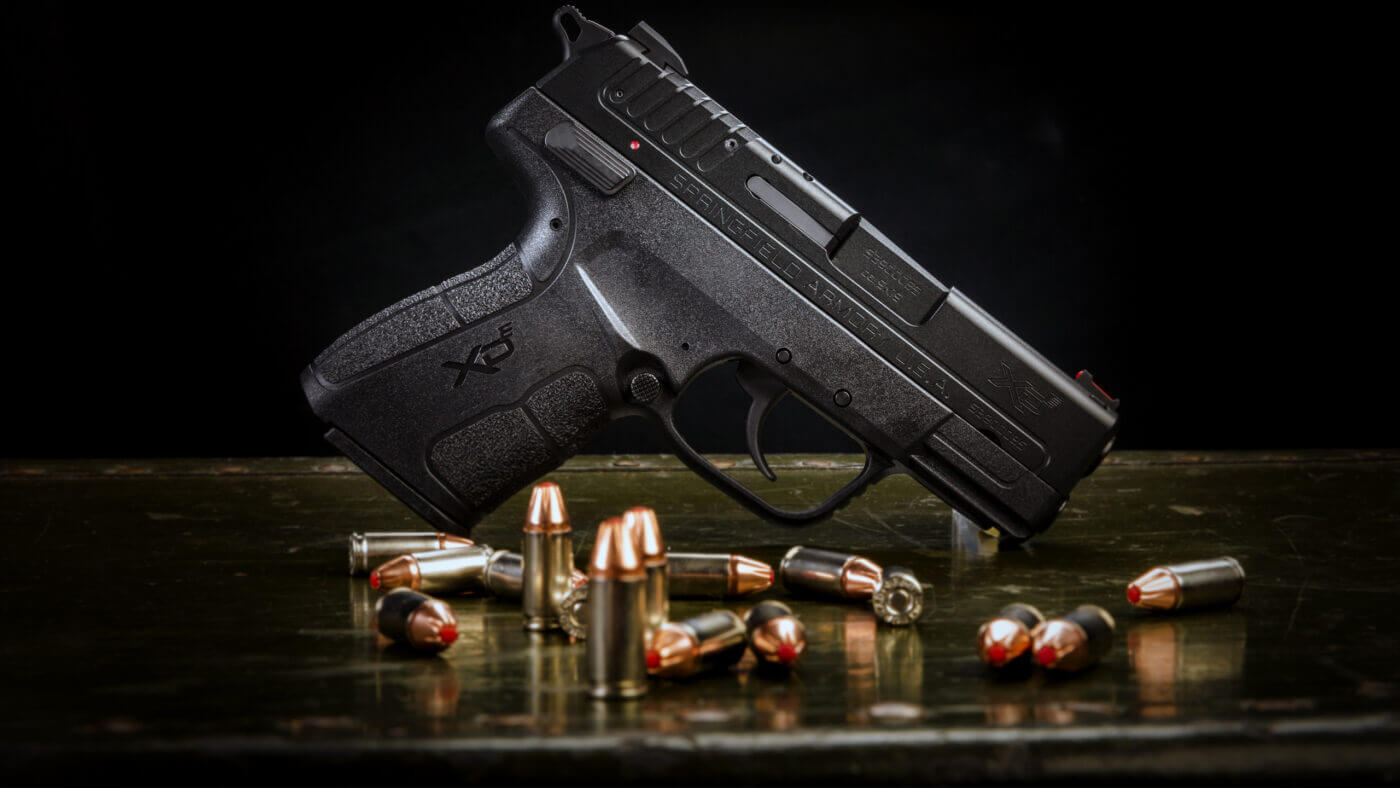
Are there characteristics that make some rounds better for self-defense and others more appropriate for the range?
What does a caliber represent?
The casing is the hard metal exterior of the round that holds the bullet, primer and powder together.
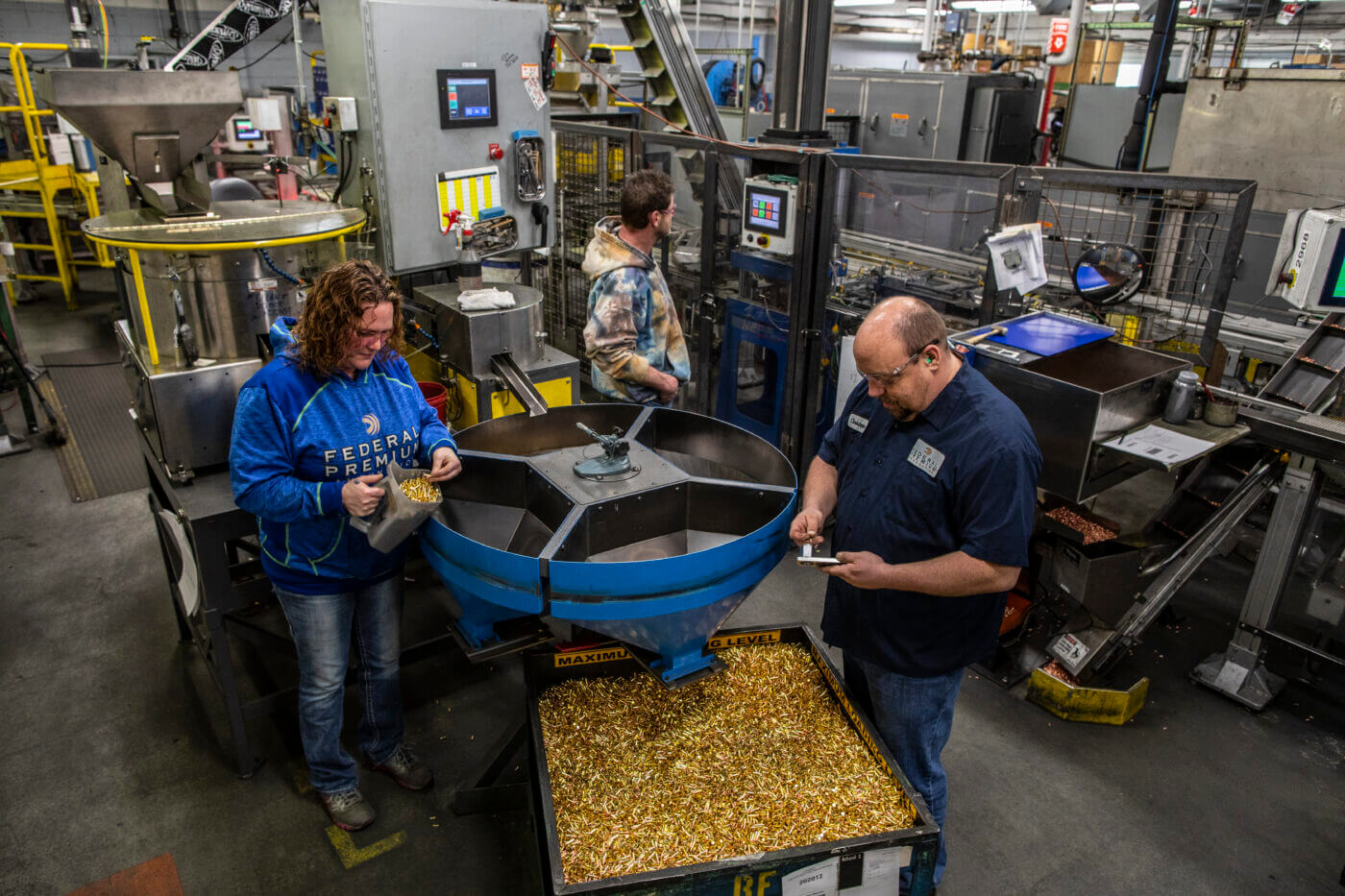
In a centerfire cartridge (e.g.
9mm), the primer is located in the center of the casing and in a rimfire (e.g.
22LR) the primer is contained in the rim of the casing.
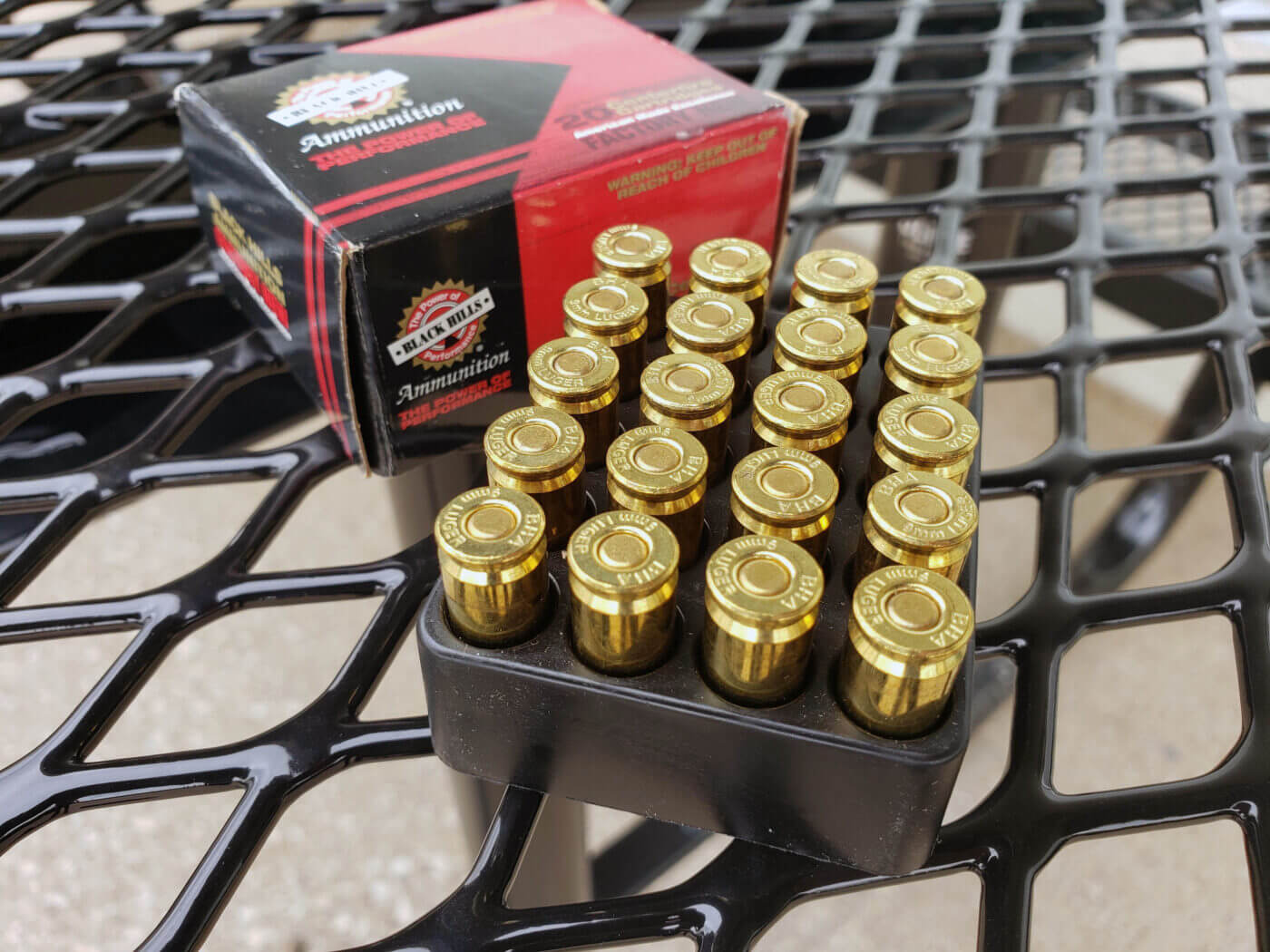
Pistol Ammo Casings
Pistol ammo casings are generally available in brass, aluminum and steel.
Brass tends to cost more than aluminum or steel because its price is based upon the cost of copper.
Brass is also very suitable to reloading.
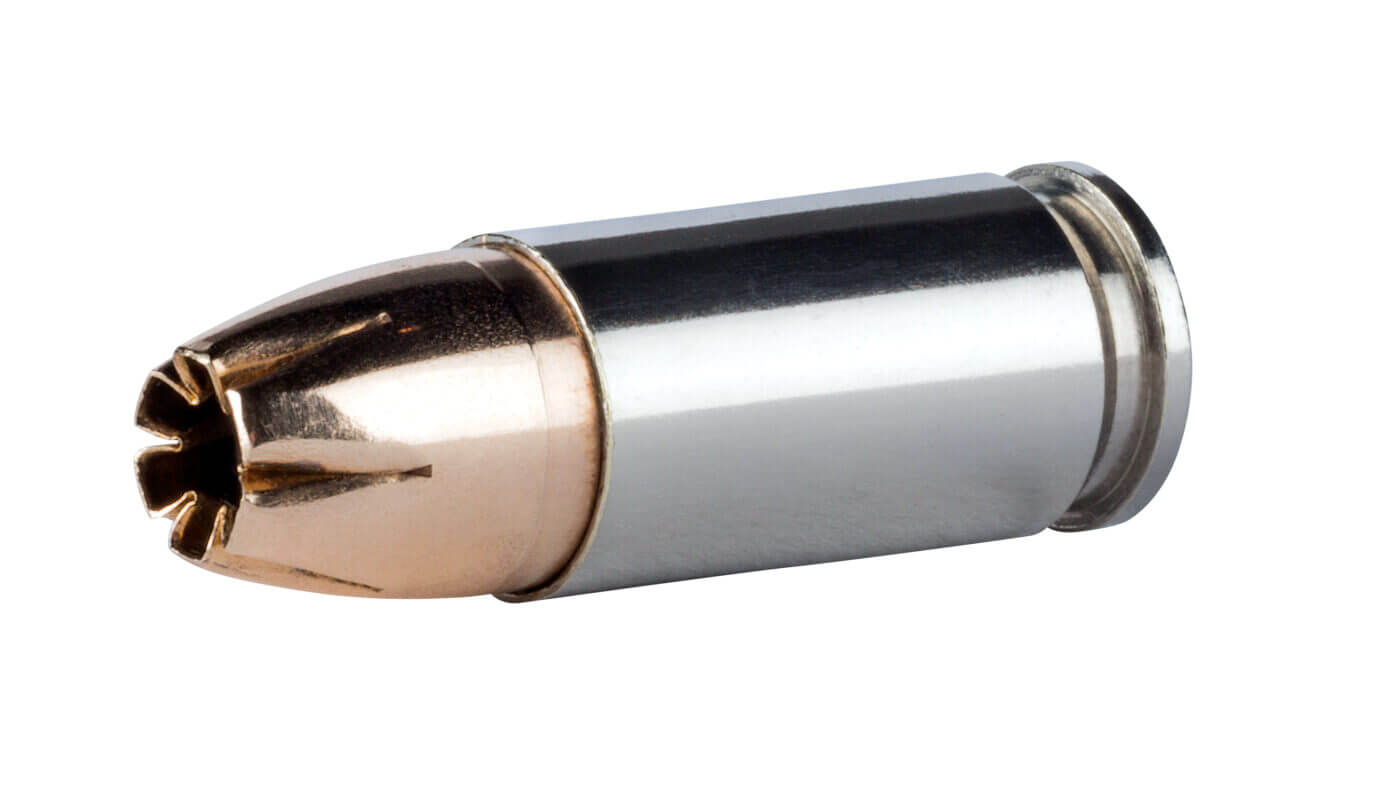
Cartridges with an aluminum casing are less expensive than brass but are not ideal for reloading.
Steel-cased ammo is also a cheaper alternative to brass.
Steel cases are also not suited to reloading.
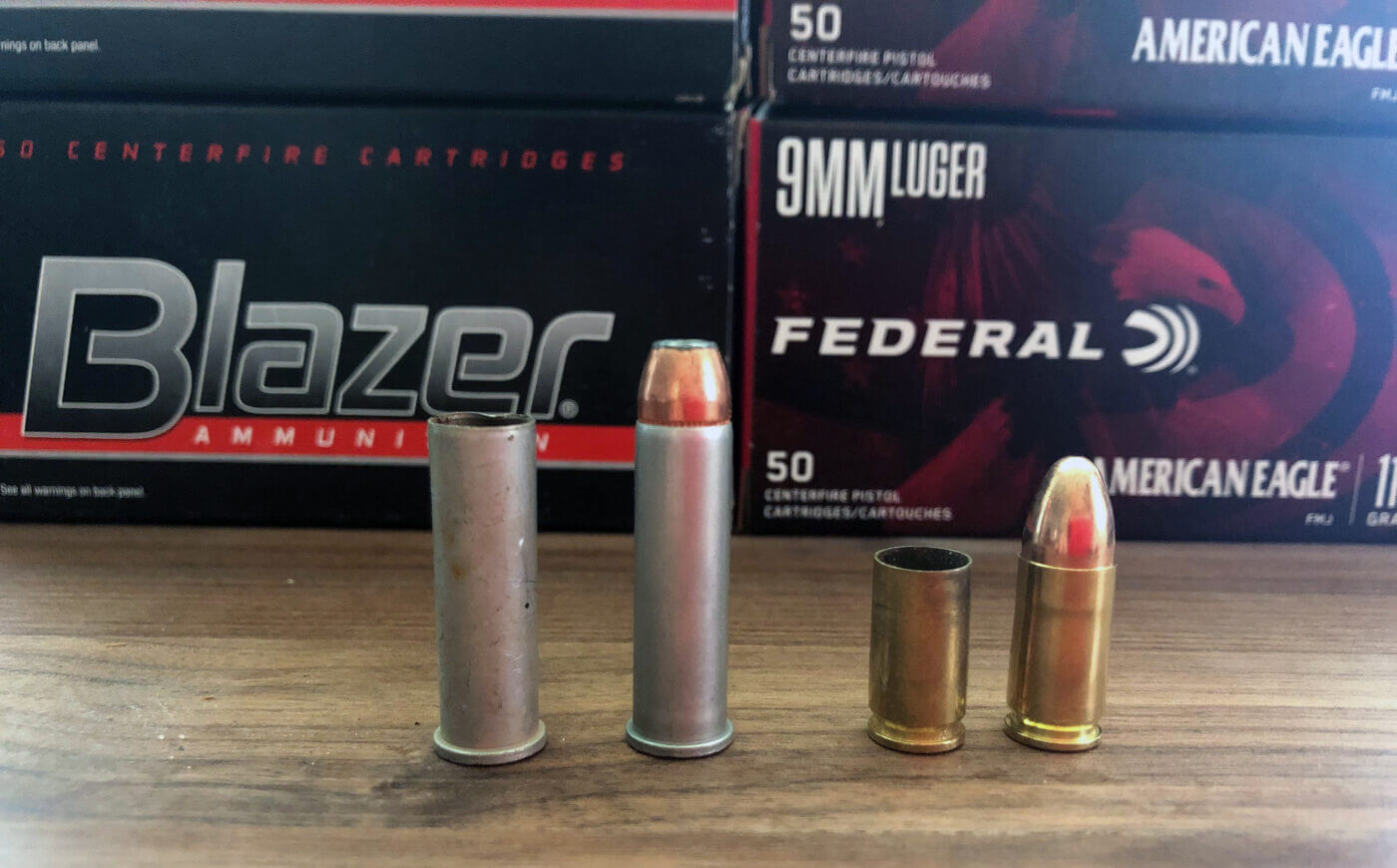
This ammunition is a good choice for a day at the range due to its affordability and accessibility.
This opening allows the round to expand inside the intended target.
The caliber represents the diameter of the cartridge and identifies the appropriate bore size for the ammunition.
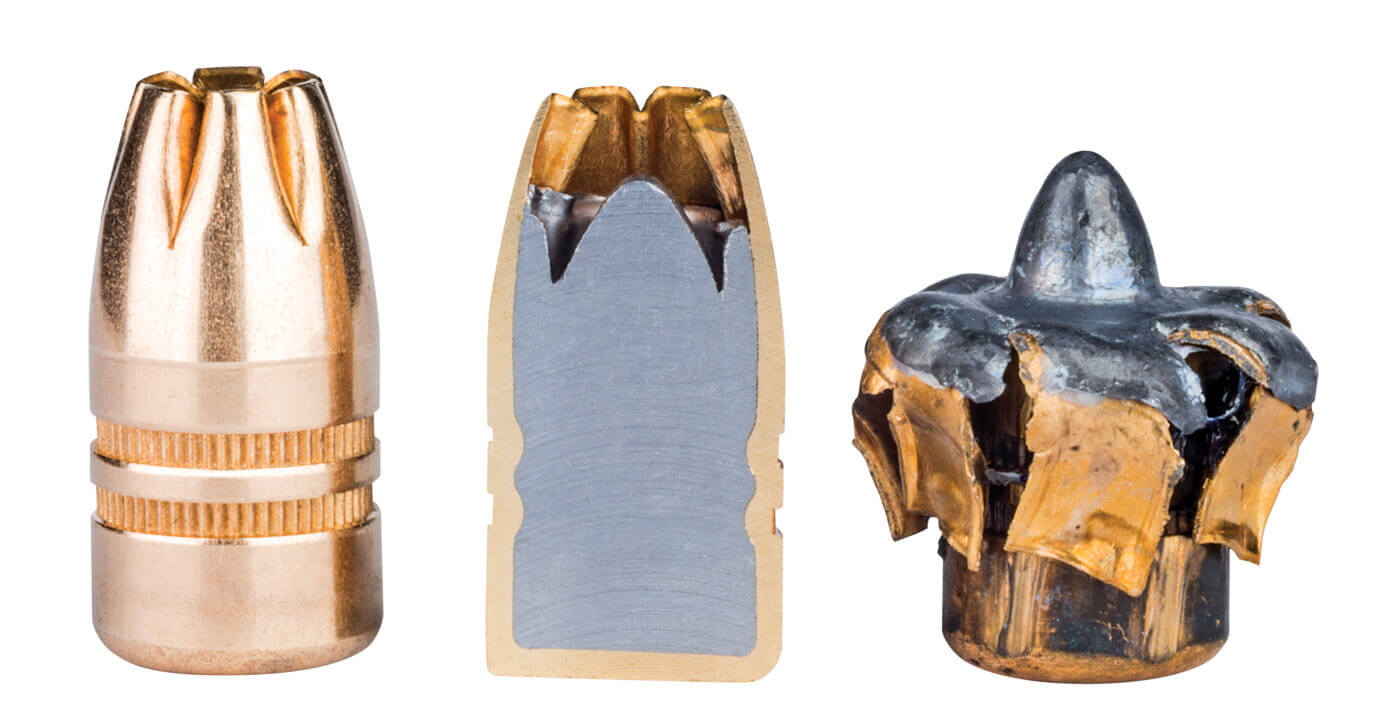
The size is noted in inches (.45) or millimeters (9mm).
The grain refers to the weight of the bullet.
There are 7,000 grains in a pound and 437.5 grains in an ounce.
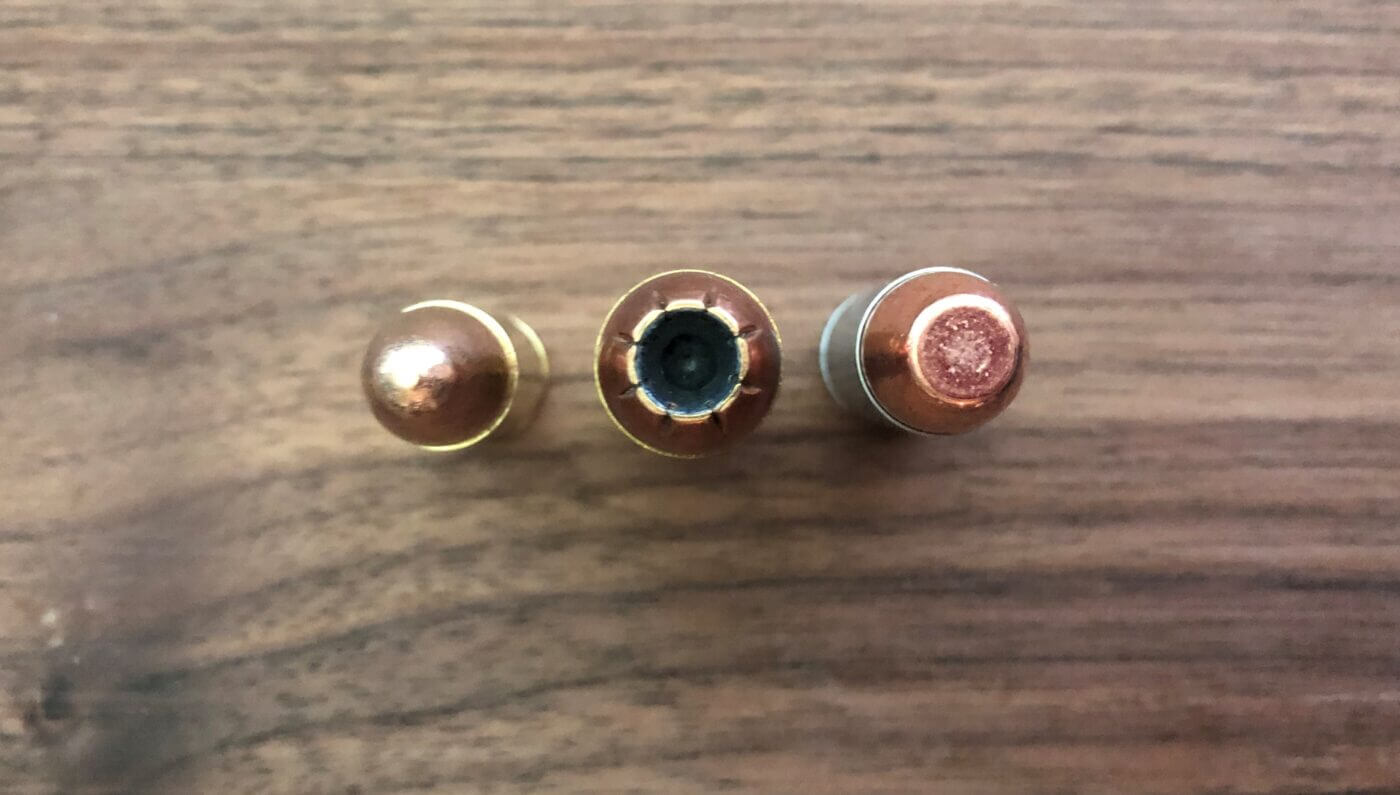
There you have it, a solid foundation in pistol ammunition.




